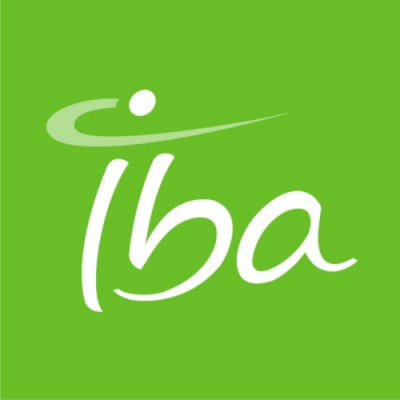SPArc: The next generation radiation therapy to improve cancer care
In the SPArc project we aim to investigate the benefits of novel SPArc technology and beam shaping hardware to exploit the unique properties of proton therapy for improving treatment outcomes of head and neck cancer. To this end, the University Medical Center Groningen (UMCG), who firstly introduced novel proton therapy in the Netherlands and expert in head and neck cancer treatment, joins forces with Ion Beam Application (IBA), the European leading company in developing and manufacturing proton therapy devices and software solutions.
Radiotherapy plays a pivotal role in the primary treatment of head and neck cancer. Despite its well-recognized value in terms of improving tumour control and overall survival, current treatment is associated with a wide spectrum of acute and late radiation-induced complications significantly impeding patients’ quality of life. Proton therapy is an emerging radiation technique enabling higher precision dose delivery for specific patients. While proton therapy already improves treatment outcomes for head and neck cancer patients significantly reducing complication risks, still complications remain and proton therapy is not utilised to its full potential.
In this project, we will study the effect of two novel technological developments in proton therapy, SPArc and beam modifiers to optimise dose delivery. We will assess how these technologies can reduce the dose to normal tissues surrounding the tumour and consequently improve the predicted complication profile for individual patients.
The knowledge gained in this project will:
-
Substantiate the potential benefit of these promising technologies;
-
Indicate to what extend patients will benefit;
-
Demonstrate optimal conditions for SPArc and beam modifiers to maximise their benefit.
These results are key as a first step to determine the research and development strategy on how to technically advance SPArc and beam modifiers to utilize proton therapy to its full potential and maximise patient benefit.
We have published our results in high impact journals and presented them at several national and international conferences and industrial user meetings, to spread the gained knowledge within the field of medical physics and radiation oncology.
Furthermore, we addressed the main concerns hindering SPArc treatment to be clinically implemented and showed the feasibility on current treatment hardware.


